Dance: the post-stroke therapy to improve mobility
The story of how one circus performer has started to use her knowledge of dance to help improve mobility after a stroke.
KT is artistic director at Copperdollar Performance Company, which has been around since 2008. The organisation now includes a funky little boutique studio for dance and shoots in Brighton.
Developing a career from circus performer to someone who creates and produces her own shows, KT has a strong performance background. But recently she’s been using her physiological know-how and dance experience for a very different purpose.
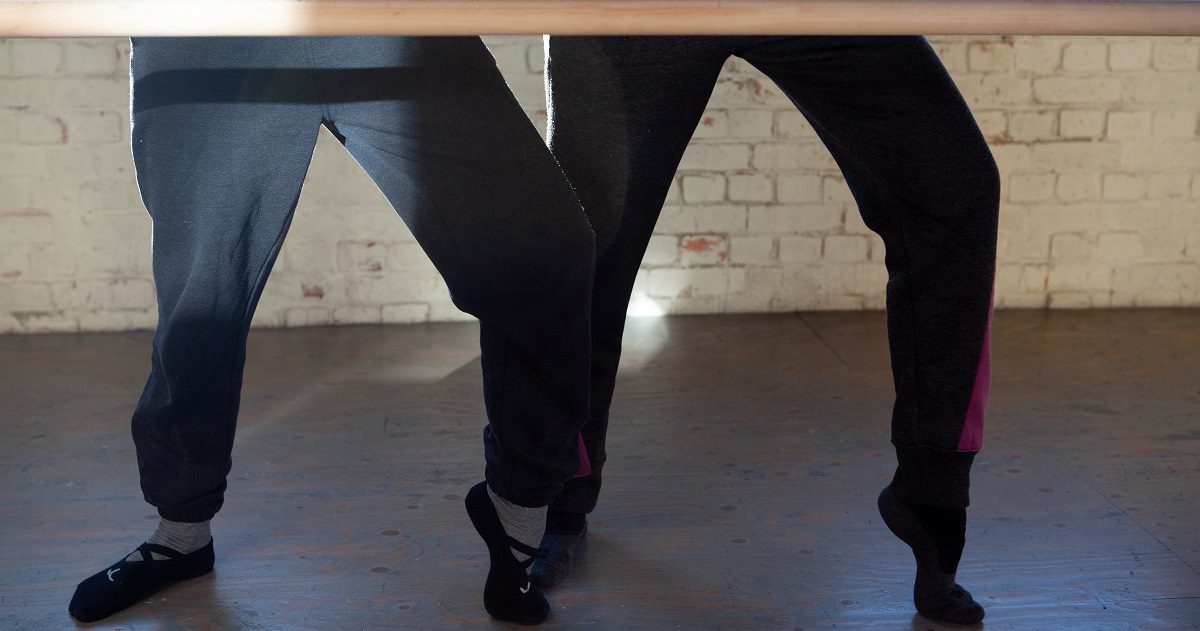
WORKING TO SUPPORT POST-STROKE MOVEMENT
KT’s close friend Hanka had a stroke back in 2015. And KT has been using her knowledge of dance and movement to improve Hanka’s mobility and movement. I asked her how that looks, and how she’s incorporating dance into this therapy.
“I studied on a foundation dance course many years ago,” says KT, “but opportunities were limited when exploring your own styles back then.
“My work has always involved movement of one kind or another since I studied dance at 18 or 19. I had a passion for trying out as many different movement forms as possible, as I never wanted to be stylised.
“I have explored contemporary dance, and other traditional forms like ballet, jazz, tap, African dance, flamenco… and I love the physical challenge of capoeira, trapeze and acrobatics – as well as the aerial skills like silks and tightrope. Coupled with my knowledge of physical theatre and mime, as well as practices like aikido, yoga, tai chi etc, and more recently somatic movement, I have experience of a vast range of movement. I love to take the chemistry of these movement practices and play with their energy to inform how I move.”
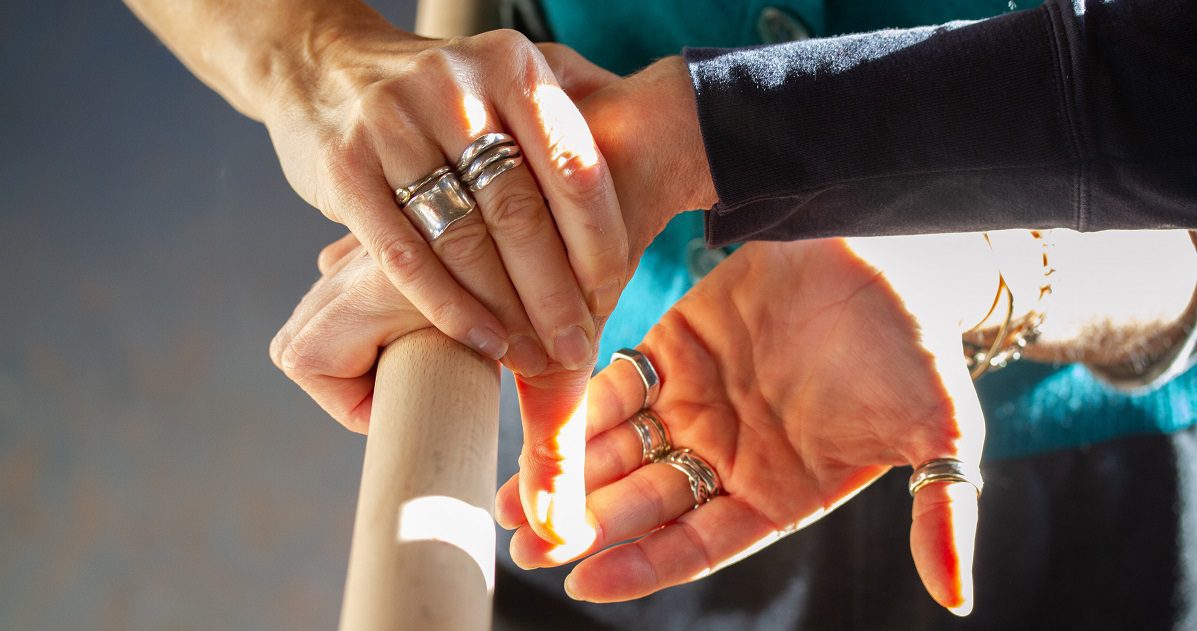 Using her extraordinary movement background, KT found herself exploring new territories, and conceived the idea of dance as therapy whilst watching other physio practitioners exploring their skills.
Using her extraordinary movement background, KT found herself exploring new territories, and conceived the idea of dance as therapy whilst watching other physio practitioners exploring their skills.
BRINGING DANCE MOVEMENTS TOGETHER AS THERAPY
“Over time, I have learned as much as I can from physios, osteopaths and reading about the body, especially its power to heal. I like to think of it like this: we are made up of 79/80% water. If you have a pond of water that has no movement in it helping it to oxygenate, then it stagnates. That’s the same with us – if we don’t move, we also stagnate and stiffen up.”
She was struggling physically and emotionally with the way her life had suddenly changed
KT’s friend Hanka suffered a haemorrhagic stroke in 2015, which is a bleed on the brain. It was this trigger that made her explore how she could help.
“I wanted to help Hanka. She was struggling physically and emotionally with the way her life had suddenly changed. It was important that she kept moving, and not let this disability get the better of her.
Like this article? You might like this one about feel-good brain chemicals
“She was so determined to speak and walk again, both of which she has managed to do; she has been an inspiration to all of us.
“Hanka always loved to dance when we used to party together, so I offered to do some movement sessions with her. I don’t claim to be a movement therapist, but so many of the movement skills I have learned over time are very transferable. Working with the imagination is a proven value to a dancer, so we work with imagery too.
“Hanka has felt muscles that she has not felt since the stroke, and we can get her hand and leg to relax too. This has been very rewarding for both of us.”
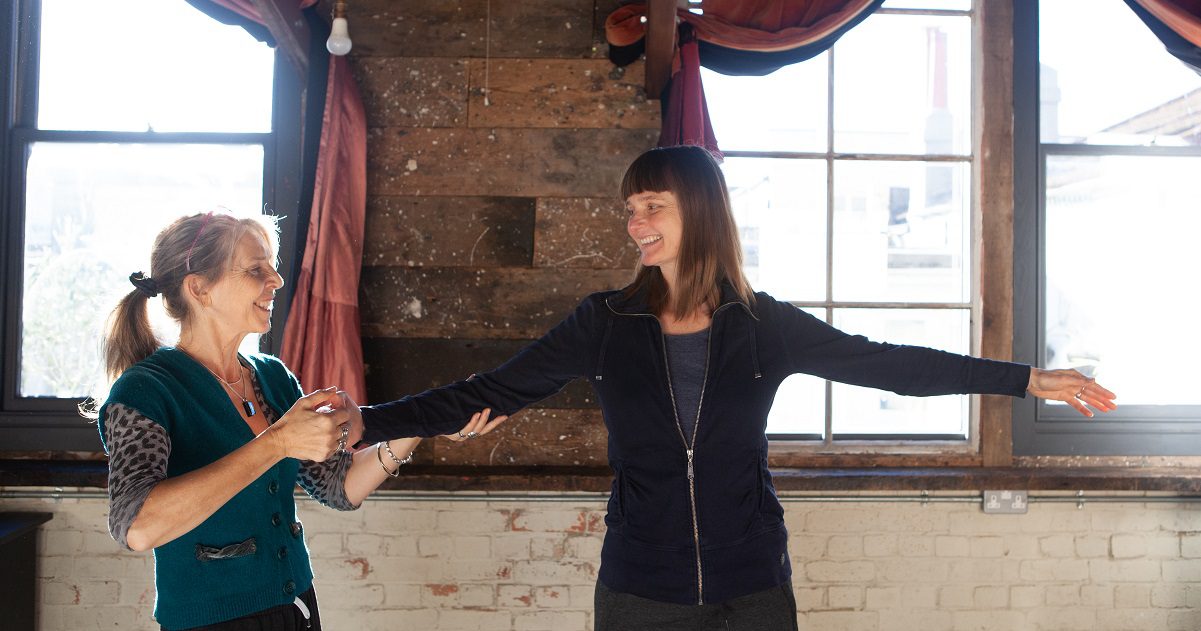
Learning movement again after stroke is about building new neural pathways. The parts of the brain that have previously told you how to move have been damaged, and it’s about finding new ways to press ‘go’ on the motor fuctions. KT follows her instincts with the dance therapy, but kicks off sessions with a cup of tea and a chat to tune in and ensure relaxation.
COMBINING ALL THAT KNOWLEDGE
“I work with music as it helps to inspire and distract the mind from over-thinking. Often, we start by just walking around the ballet bar. I guide her into concentrating on using her good foot in a very conscious way.
“Sometimes I then crawl around and help to support the affected foot by helping it to roll correctly as she walks. We then work up through the body, looking at isolating different areas and exploring their natural movements and limits.
“I will support the limb that has lost sensation, and get Hanka to concentrate on her good side making it follow the limits of her other side, so we are working towards balancing the body. From there we develop and challenge the limitations with slow gentle encouraging movement.
We will also repeat certain things, to help the body redevelop its muscle memory
“One day not long ago, Hanka was thrilled by the fact that she suddenly could do a toe rise which previously had been very challenging but now was coming more easily.
“Every session is different, but we will also repeat certain things to help the body redevelop its muscle memory.”
 DOES IT WORK?
DOES IT WORK?
Hanka spoke highly of KT, offering a positive review of her work.
“KT is an excellent and passionate dancer and teacher. She has been teaching me dance movement for the past year and a half and is very sensitive to my needs, whilst being incredibly patient. Our one-to-one sessions have really helped me to be more confident physically and mentally.”
KT plans to keep going with the therapy and is open to accepting more clients – looking for people who are open to trying new techniques and happy to work with her to develop her techniques further. If you’re interested in finding out more about KT’s work, there are contact details below.
But as for the work with her friend – she has a very simple goal in mind.
“I look forward to dancing with Hanka at a party where she can feel free of her disability,” she says. And we can totally relate.
Find KT at Copperdollar Studios
Photos: Moose Asim

Carly gets to do everything under the sun, including writing, editing, taking photos, creating stories, and swanning around at launches. She can down a glass of Prosecco without pausing for breath, and aims to be the youngest Pulitzer winner ever.

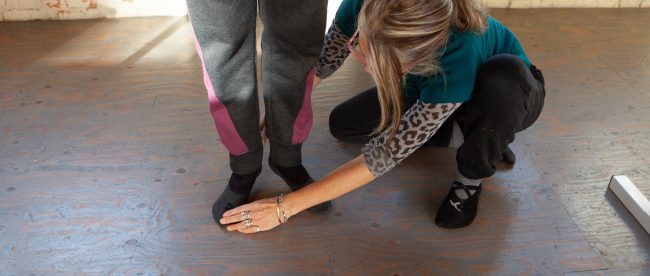
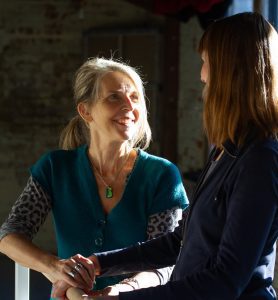 DOES IT WORK?
DOES IT WORK?
I had a small stroke to the balance part of my brain, which did not show up on the MRI, OR CAT SCAN. My head feels a little fuzzy, and things slip my mind, but then it comes back to me later. I saw a recovery from day one, but it seems to be a slow progress, even though I`m told I am doing well. I am driving again, even though I am more aware, and where I was a safe driver before, I am even more cautious now. I tried to do some folk dancing earlier on, as in a one two three hop, and found I couldn`t hop. I feel like a lead weight. I can lift my heel up now, and instead of a hop, I lift up my heel. I used to tap dance, and have found that difficult too. It annoys me, but I realize I am lucky, and it could have been much worse. I just don`t like to think I can`t achieve what I used to. It`s as if my head knows what it wants to do, but my body won`t do it. I am walking without a stick in just eight weeks, as it`s affected my balance. The doc said it`s usually a good prognosis for me, and usually people recover up to a hundred percent, but sometimes, not quite that much. I used to welsh folk dance too, and I know I won`t be able to do that at this time. I did link arms with my daughter, and granddaughter to do a bit of a folk dance, and was able to walk it, but Iv`e tried to run too, and it`s a run hop, kind of movement. There`s not much support from the NHS. Lots of paperwork, and phone numbers, and because I wasn`t suicidal, there`s no counselling. Physio was just two sessions of, stepping onto a step and then down. Then it was a case of, can you make a cup of tea. So basically, once you are out of hospital, the GP sends me for blood tests to see if my BP pills are affecting my kidneys. Otherwise, I`m practicing a little Tai Chi walking to get my balance back. Pedaling on a sit down foot bike. Lifting weights to gain control of my hand and arm, which I just lost a little control with. My leg was originally like Indian rubber, but I have control of it now about 85%. Iv`e not lost feeling, so compared to many people, I`m very fortunate. I want to be able to dance again, do my Tai chi again. I have tried Tai Chi, and struggle a little with it, and I think I could waltz, and I am a little concerned about my memory, but I don`t forget altogether, just that things slip my mind, and then it comes back to me, and that is just forgetting to lock a window if Iv`e opened it, but in general, I`m okay. Can you help me get control of my life back, and any hints or tips would be appreciated. Thank you. Wendy.